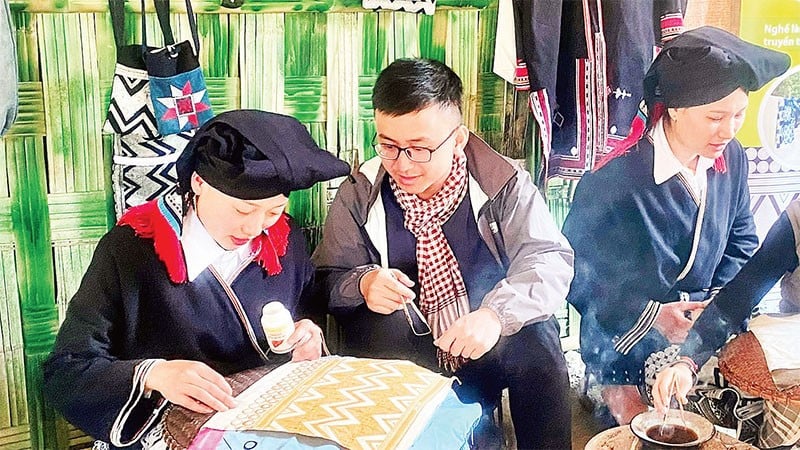
Located in the core area of Hoa Binh Lake, in the past, apart from fishing and afforestation, the people of Ngoi village, Muong Hoa commune had no other source of income. Only when businesses came in with investment attraction policies to support and accompany, did the local people start doing tourism, together unleashing the potential and strengths of the lake area.
Ngoi village is home to the Muong ethnic group with more than 100 households. In addition to the wild beauty of the landscape, the people here still preserve almost intact the ancient stilt houses and many traditional cultural features of the Muong ethnic group. Mr. Bui Van Hien, owner of the Chuong Gio homestay in the village, confided: Thanks to the help of Hoa Binh Tourism Joint Stock Company, the Ngoi village community has changed its thinking and awareness. Some households have boldly renovated their facilities, invested in homestays to welcome guests and provide diverse food, accommodation and experience services. When visiting the village, visitors can enjoy the beautiful landscape of Hoa Binh Lake, Ngoi Hoa Bay, learn about the Muong culture, participate in activities such as boating, fishing, and seafood catching.
Compared to other community tourism destinations in Phu Tho province, Hang Kia and Pa Co are still quite new but have their own appeal to domestic and international tourists. The reason why Hang Kia and Pa Co have become "magnets" to attract tourists is because, in addition to the natural landscape, this place preserves unique indigenous culture through language, costumes, and daily customs and practices.
Households doing community tourism actively improve service quality, build and renew experience products, such as: H'Mong ethnic cultural night market in Pa Co; experience weaving, dyeing brocade, picking tea... and enjoy special dishes with the bold flavor of the Northwest mountains and forests.
Up to now, community tourism in Hoa Binh province (formerly) has developed strongly in the direction of exploiting the culture of ethnic minorities, concentrated in the communes of Mai Chau, Da Bac, Muong Bi, and Thung Nai. Of which, Mai Chau commune has eight community tourism spots, including six spots of the Thai ethnic group and two spots of the H'Mong ethnic group; Da Bac area has four spots of the Muong ethnic group and one spot of the Dao ethnic group; Tan Lac area has four spots and Cao Phong has three spots of the Muong ethnic group...
According to Mr. Bui Xuan Truong, Deputy Director of the Department of Culture, Sports and Tourism of Phu Tho province, this is a place where many ethnic groups live, of which the Muong ethnic group accounts for about 64%, the rest are Kinh, Thai, Dao, Tay, H'Mong ethnic groups. In recent years, the province has encouraged the development of community tourism.
In addition to the policies of the Party and the State, a number of non-governmental organizations are also interested in and supporting ethnic minorities in building this model. Currently, the area has more than 20 community tourism spots, with nearly 200 homestays operating accommodation businesses and other tourism services, attracting about 1,000 poor workers and ethnic minorities to participate.
Not only contributing to the protection and promotion of cultural values, community tourism also creates sustainable livelihoods for ethnic minorities through the provision of products and services for tourists, such as: Accommodation, food, indigenous cultural experiences, local souvenirs. Notably, many tourist destinations have built brands, reputations, and are loved by domestic and international tourists such as Lac village - Mai Chau, Mo village - Thung Nai, Da Bia hamlet - Tien Phong, Sung village - Cao Son ... These places have all built unique tourism products, with unique identities and impressive experiences.
Based on the potential and strengths of natural landscapes and ethnic cultural identities, community tourism is creating a sustainable direction, gradually changing the economic development mindset of the people. The province aims to develop this model in association with sustainable agriculture, protecting the landscape, ecological environment and preserving values imbued with traditional cultural identity. Ethnic minorities are not only invested in and supported in terms of infrastructure such as transport infrastructure, electricity, cultural institutions, etc., but also regularly participate in training to improve their skills in community tourism.
Currently, community tourism sites contribute greatly to accelerating the pace of hunger eradication and poverty reduction, and the income of households providing tourism services is many times higher than that of other households. Traditional handicrafts have developed, creating many jobs for people. The development of community tourism is bringing a new look to the countryside. Localities in Hoa Binh province (formerly) set a goal of investing in building infrastructure for 290 households doing community tourism by 2030, welcoming more than 1.6 million visitors.
Based on the set goals, Phu Tho province has determined that tourism will become an important economic sector, an attractive destination in the Northwest region, attracting more and more domestic and international tourists. At the same time, the province hopes that investors will continue to coordinate, form joint ventures and cooperate to exploit the potential in the region as well as the communes. Promoting and attracting investment in tourism development, improving product quality to change the appearance and economic structure, contributing to sustainable tourism development.
Source: https://nhandan.vn/doi-thay-nho-du-lich-cong-dong-post893230.html



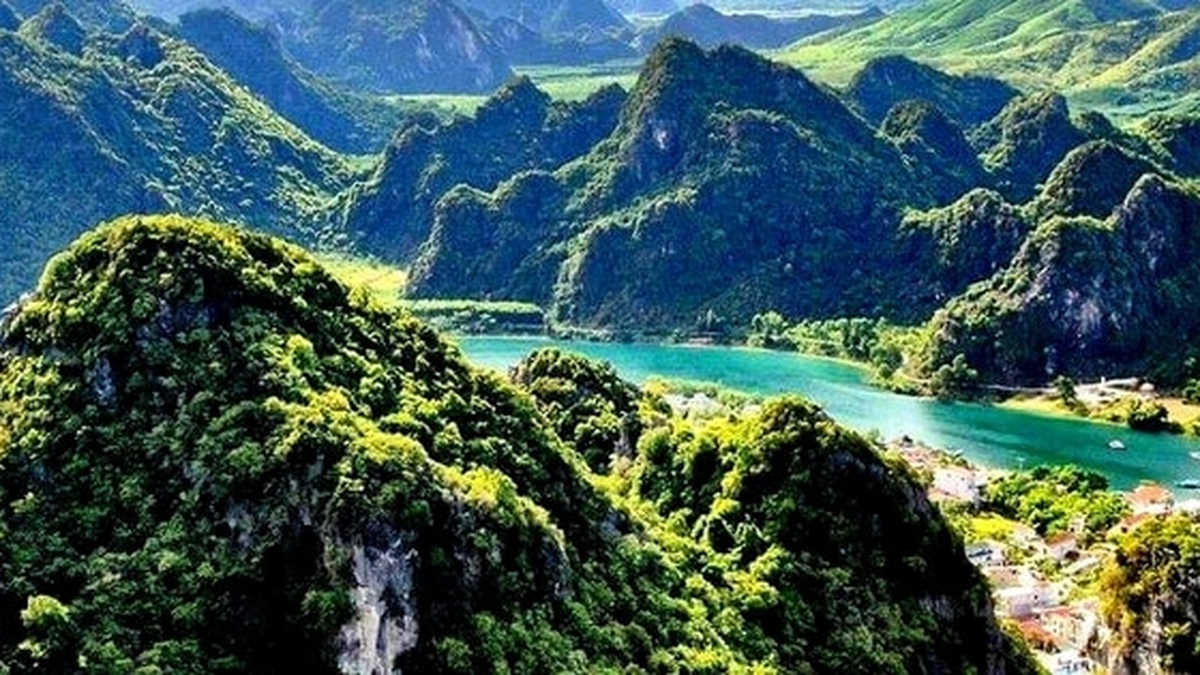
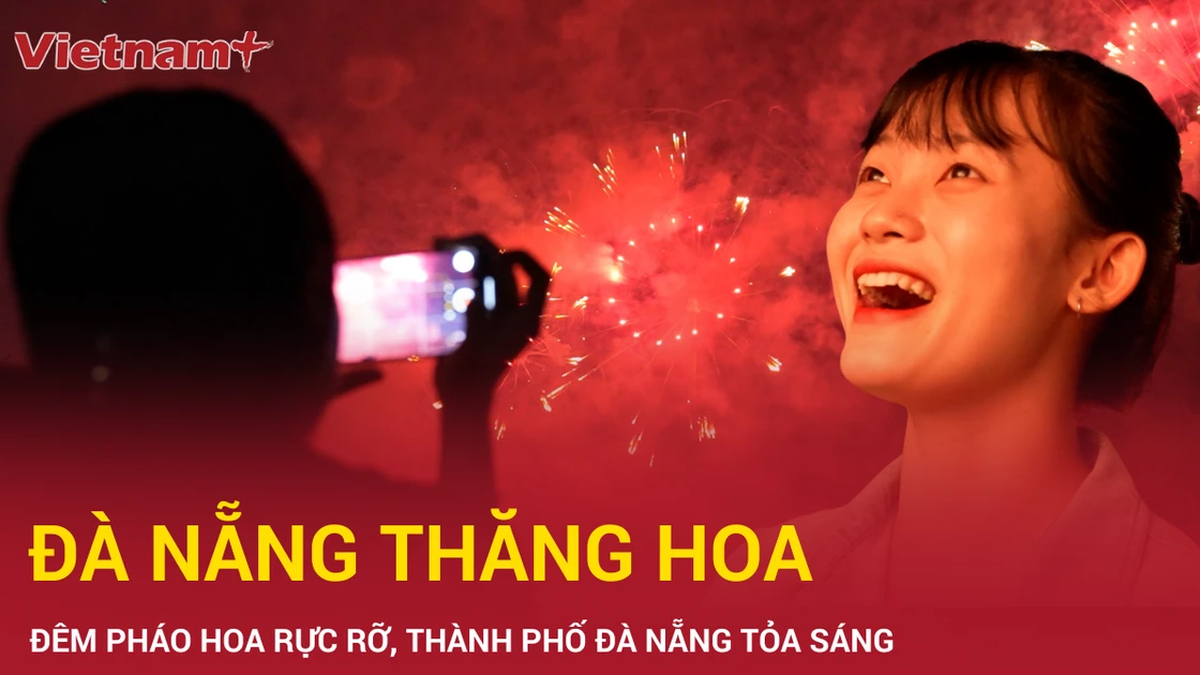

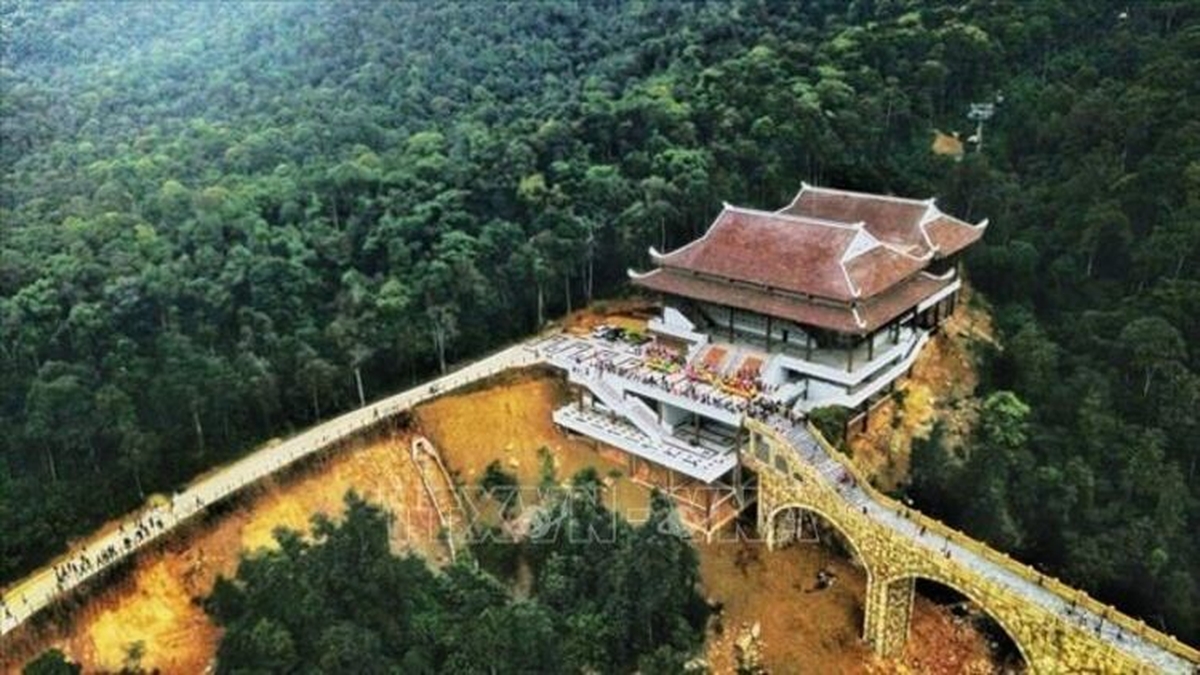

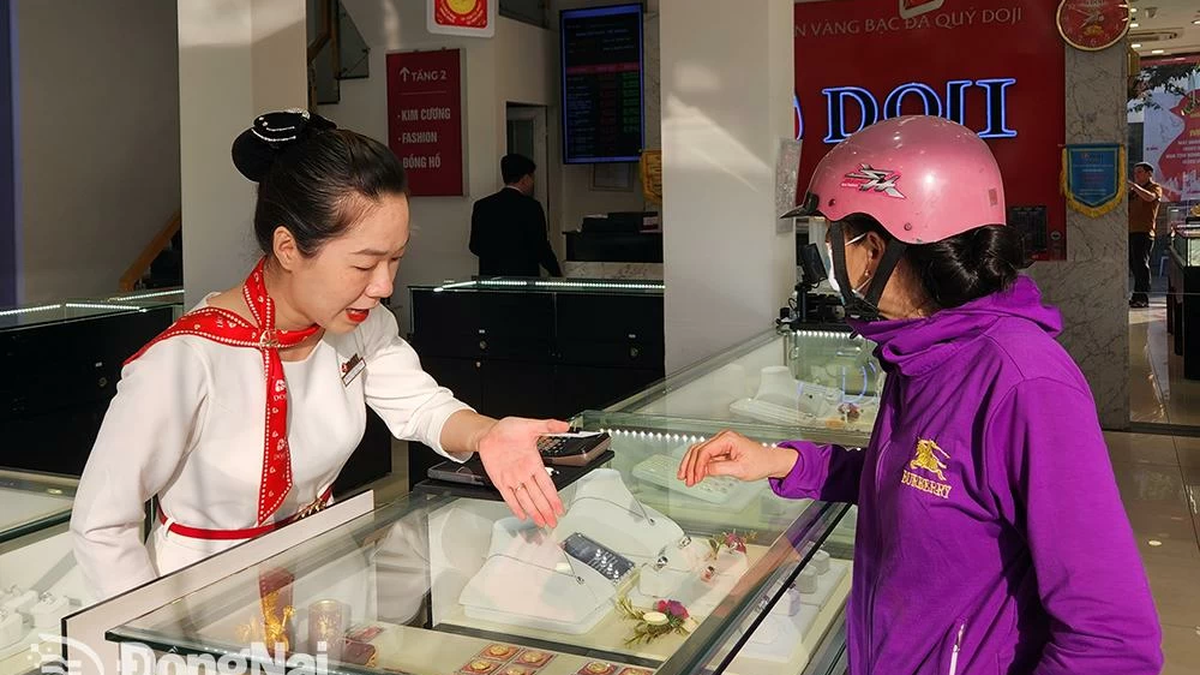
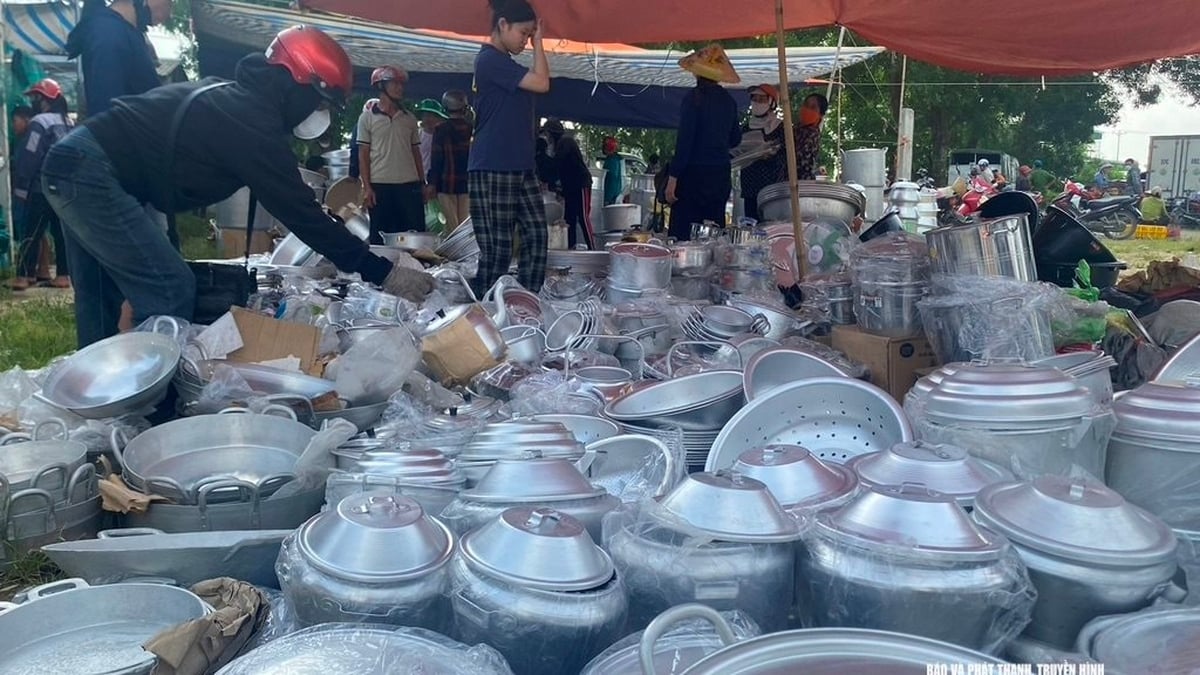
![[Infographic] Key tasks of the tourism industry in the last 6 months of 2025](https://vphoto.vietnam.vn/thumb/1200x675/vietnam/resource/IMAGE/2025/7/13/b88287195e194b449e95457db170a92b)










































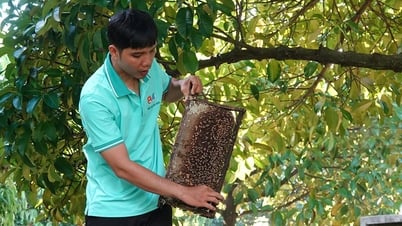











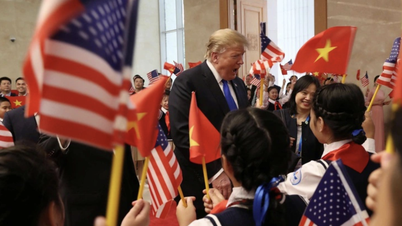
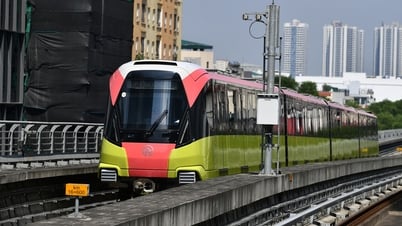

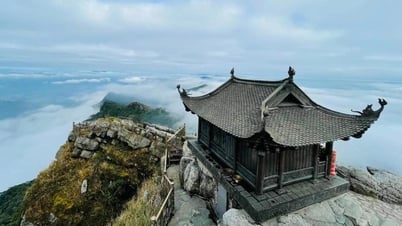
































Comment (0)